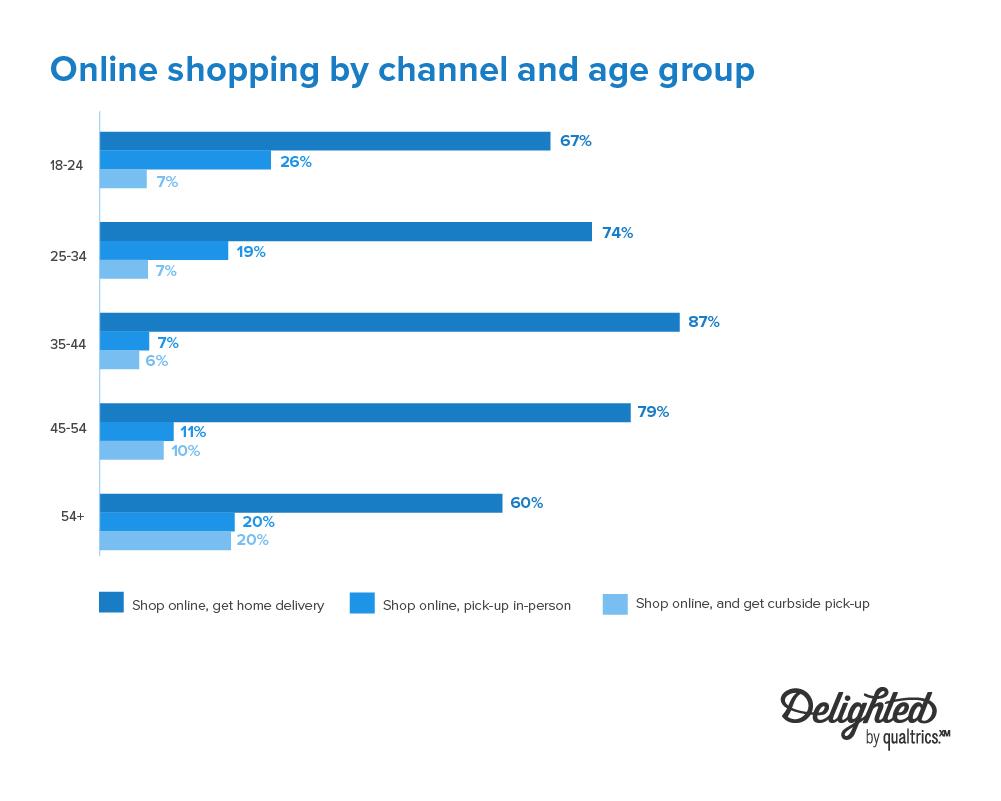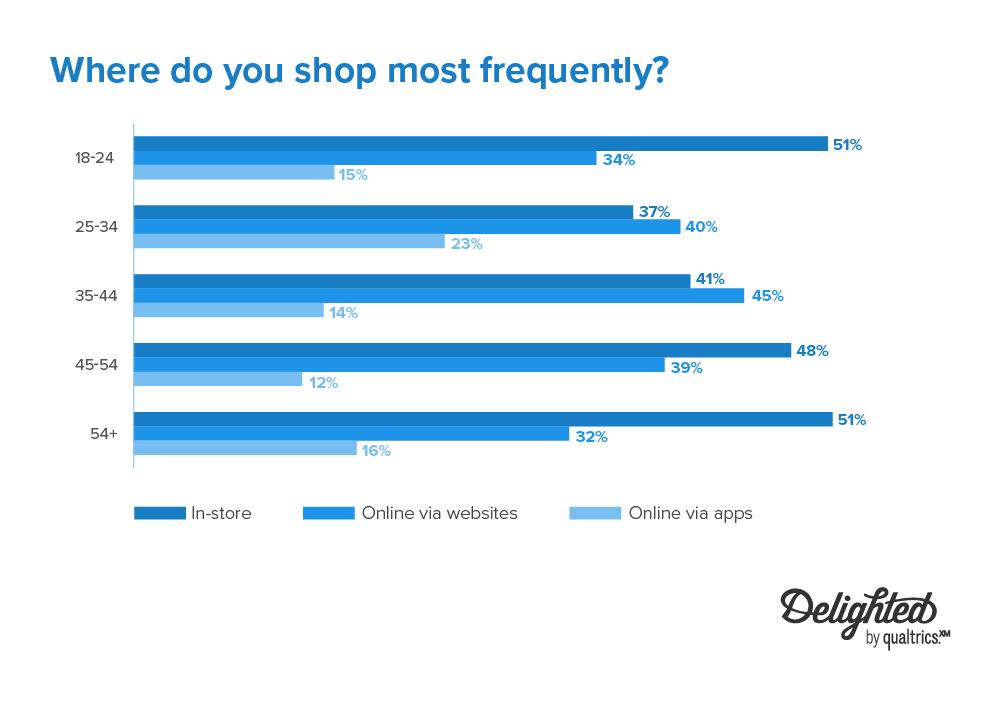Omnichannel retail is not a myth — but there are many myths and misunderstandings about what it takes to be successful. According to a recent report by Ascend2, retailers miss out on nearly $9 billion in savings every year because they fail to realize the full potential of omnichannel operations. It’s time we dispel some long-held beliefs about omnichannel retail and highlight nine things that everyone should know:
Myth 1: Omnichannel Retail Is Just Another Buzzword
The phrase “omnichannel” has been around for more than five years, yet many business leaders still don’t truly understand its meaning. One study found that only 36 percent of senior marketers knew what “omnichannel” meant. They thought it meant the same thing as “multichannel,” which is incorrect.

Myth 2: Omnichannel Is Really About Multichannel
Omnichannel has nothing to do with channels — though you can certainly sell through multiple channels. It’s all about creating seamless experiences for shoppers across different touchpoints and devices throughout their journey, regardless of medium or where they engage with your brand. For example, Walmart uses its stores in addition to mobile efforts to reach customers on their terms — not just when they’re in front of a computer.
Myth 3: Omni-channel Retail Has To Be Expensive
It doesn’t have to be expensive, but that’s no excuse not to invest in capabilities that will make your omnichannel retail strategy successful. The truth is, you can’t be all things to all people when it comes to omnichannel — something has to give, and that might very well be in the form of budget cuts (which is one reason why organizations mistakenly believe they need to spend more money).

Myth 4: Omnichannel Is For Large Companies Only
It’s true that large companies are leading the way when it comes to omnichannel initiatives — but small businesses aren’t exactly left out in the cold. Just ask Intuit, which worked with thousands of small businesses last year through an initiative called Go Mobile. This helped many mom-and-pop shops embrace mobile capabilities without having to invest much capital.
Myth 5: Omnichannel Is ‘The Death Of The Web
There’s a lot of talk about the web dying or being less important than other channels. That’s just not true. In fact, the web is still very much alive and kicking — and it will continue to be a key driver of sales going forward. It’s all about using data to make shopping easier across every digital touchpoint where your customers shop, think, research, and buy.
Myth 6: Omnichannel Retail Requires A New IT Infrastructure
It doesn’t have to require a brand new infrastructure, but you do want to pay attention to how your current deployment affects omnichannel initiatives. For example, if your eCommerce site was developed in-house, then you might find it’s not as compatible with third-party apps and systems (like mobile POS, for example) as you’d like. That will impact your ability to move forward quickly with omnichannel initiatives.
Myth 7: Omnichannel Retail Is About The Experience
This is a myth that many people buy into, which is why so many of them fail to get it right. It’s true that a positive experience can play a huge role in the customer journey — but that experience has to start before they walk through your doors or log on to your website. If you want customers to think of you when they decide to make a purchase from one of your channels, then you have to be there for them each step along the way.
Myth 8: Omnichannel Retail Is Only About Mobile
You can’t make the mistake of thinking omnichannel is all about mobile (that’s like saying omnichannel is all about email, when in fact, it’s really not). It’s true that mobile has become a key component of omnichannel retail — but more important are the other digital touchpoints that get customers to your stores or website.
Myth 9: Omnichannel Retail Requires A Unified Database
Omnichannel isn’t just about having unified data but getting insight into that data so you can actually use it to deliver better experiences. That means improving personalization across all channels and devices, which requires integration with third- systems. If you want to unify your data, then you can use a cloud-based or on-premise database, depending on which is more compatible with your business and its needs.







